| Plant Habit: | Grass/Grass-like |
| Sun Requirements: | Full Sun Full Sun to Partial Shade |
| Water Preferences: | Wet Mesic Mesic |
| Soil pH Preferences: | Moderately acid (5.6 – 6.0) Slightly acid (6.1 – 6.5) Neutral (6.6 – 7.3) |
| Minimum cold hardiness: | Zone 5a -28.9 °C (-20 °F) to -26.1 °C (-15 °F) |
| Maximum recommended zone: | Zone 9b |
| Plant Height: | 5 to 12 feet, usually 8 to 12 feet |
| Plant Spread: | colony |
| Leaves: | Evergreen |
| Flowers: | Inconspicuous |
| Underground structures: | Rhizome |
| Uses: | Provides winter interest Erosion control Will Naturalize |
| Wildlife Attractant: | Butterflies |
| Resistances: | Pollution Humidity tolerant |
| Propagation: Other methods: | Stolons and runners |
| Pollinators: | Wind |
| Miscellaneous: | Monoecious |
| Conservation status: | Near Threatened (NT)
|

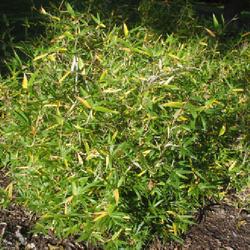
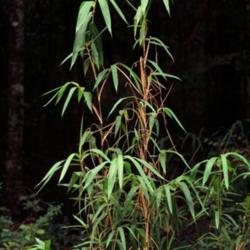
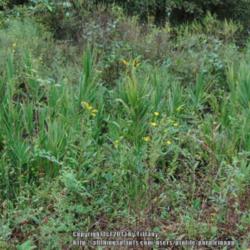
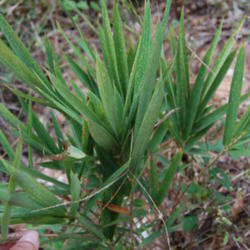
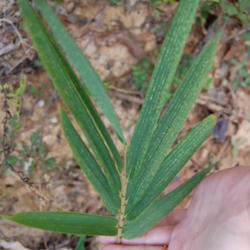
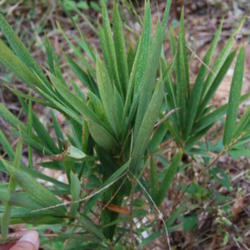
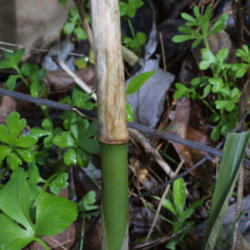
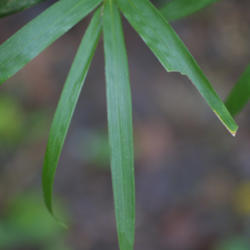

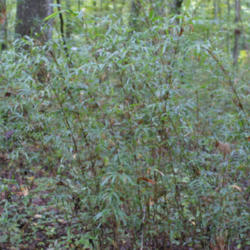
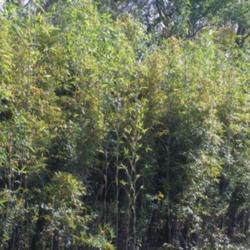
| LyraLu | On July 20, 2021 | Plant emerged only 1 of 25 bare root, dormant plugs took. |
| WebTucker | On September 25, 2021 | Obtained plant |